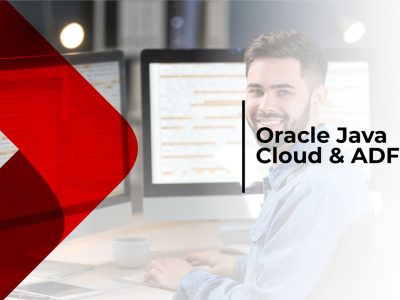Overview
Overview
In this course, Oracle database administrators (DBAs), organize and store data using Oracle’s database software solutions. Businesses and corporations rely on Oracle database administrators to manage their data securely and efficiently.
Job Profile Outcome
Job Profile Outcome
- Identify the major structural components of the Oracle Database 12c
- Create reports of aggregated data
- Write SELECT statements that include queries
- Retrieve row and column data from tables
- Run data manipulation statements (DML) in Oracle Database 12c
- Create tables to store data
- Utilize views to display data
- Control database access to specific objects
- Manage schema objects
- Display data from multiple tables using the ANSI SQL 99 JOIN syntax
- Manage objects with data dictionary views
- Write multiple-column sub-queries
- Employ SQL functions to retrieve customized data
- Use scalar and correlated sub-queries
- Create reports of sorted and restricted data
Course Features
- Duration 136 hours
- Activities Develop Career
- Day of week To be discussed
Curriculum
Curriculum
Reviews
Reviews





